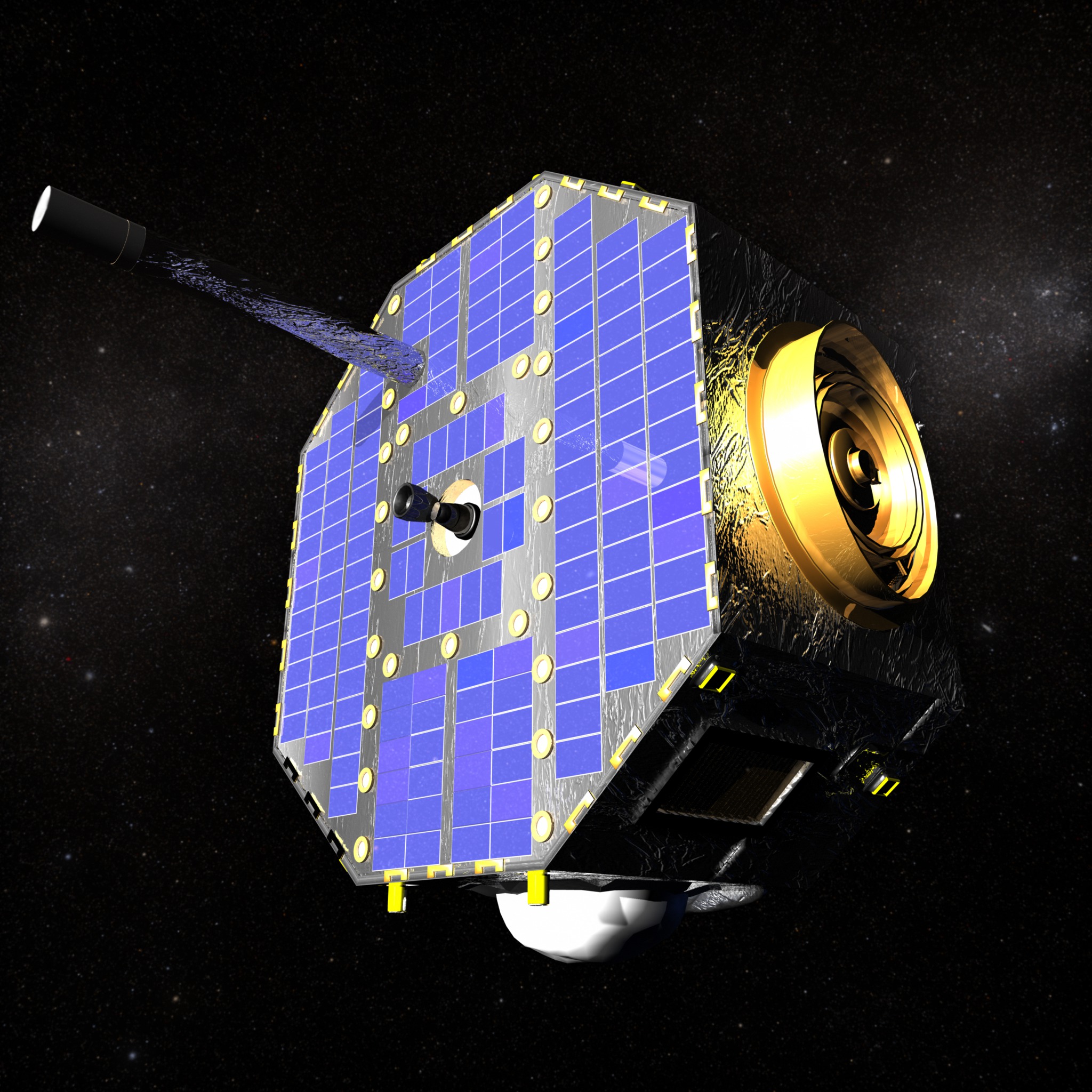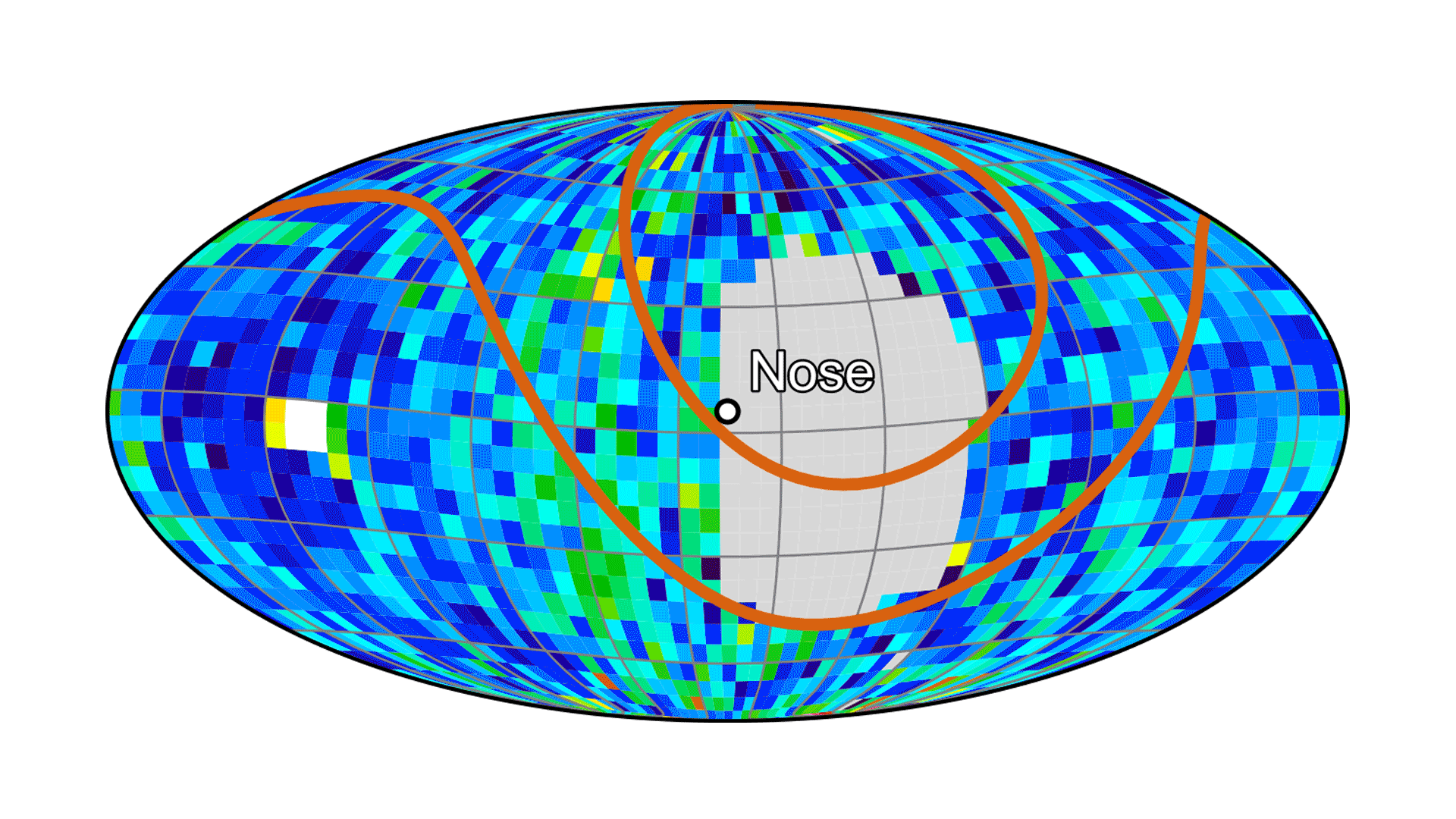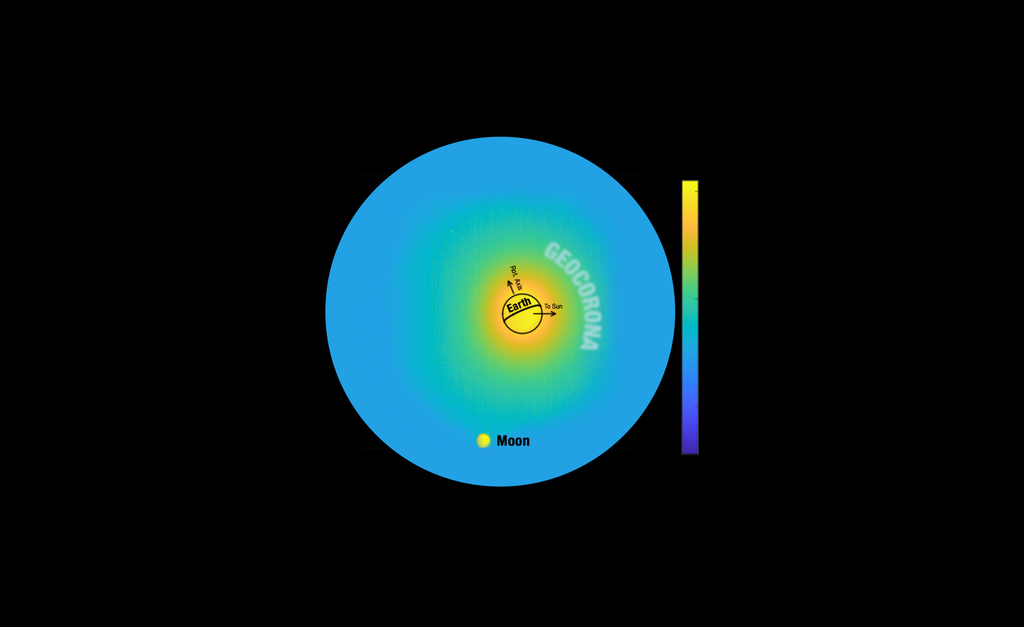
IBEX
This artist's rendition shows the IBEX spacecraft as it studies the boundaries where interplanetary space interacts with interstellar space. Credits: NASA
Image Credit: wfeimer
- X
https://www.nasa.gov/image-detail/ibex/
Image Creditwfeimer
Size2048x2048px

























